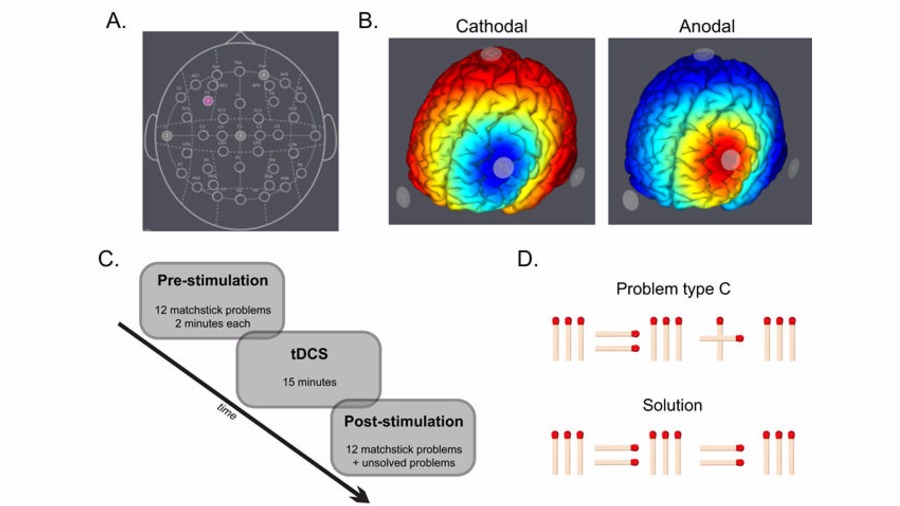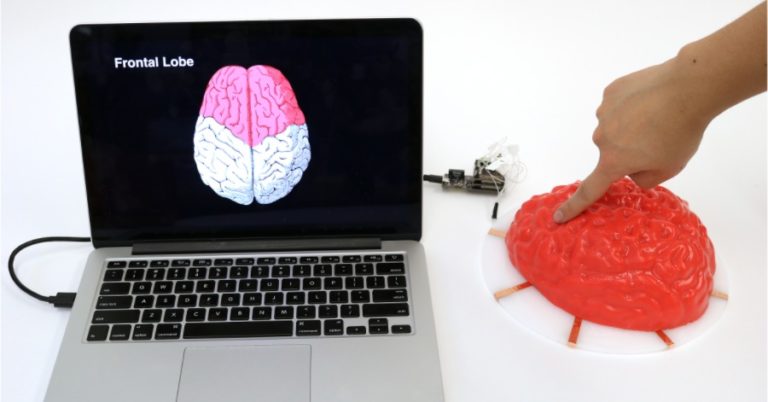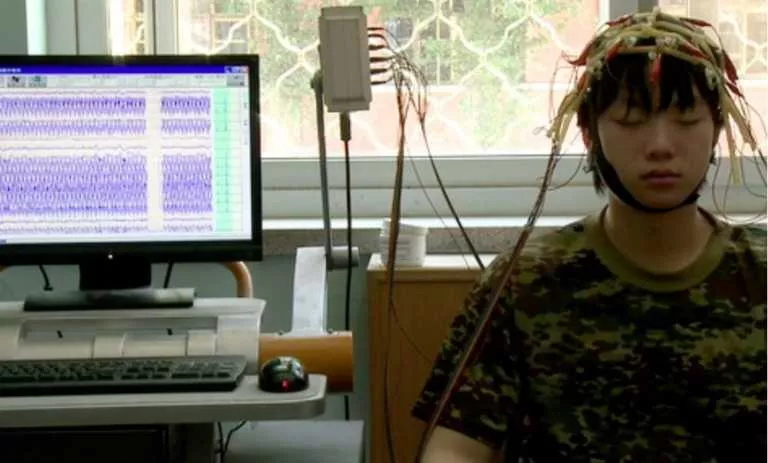Absorbing Some Electricity Can Make Your Brain More Creative, Says Research

Short Bytes: A team of UK-based researchers conducted a study to analyze if they could improve brain’s creativity by applying electric current to the scalp in a controlled environment. The participants of the study had developed out-of-the-box thinking skills but at the cost of their reasoning abilities.
Most people say creativity is God gifted, while some might want to become creative by hard work. Now, what if someone can boost your inner creativity just by passing electricity through your brain? No doubt, it sounds horrifying and fascinating at the same time.A team of researchers at Queen Mary University of London and Goldsmiths University of London conducted a study involving brain stimulation of 60 people. Using their technique called tDCS (transcranial direct current stimulation), they passed a weak electric current through people’s scalps using electrodes as an effort to suppress their left DLPFC (dorsolateral prefrontal cortex).
Also Read: Will Robots Take My Job? I Found The Answer On This Website
DLPFC is the part of our frontal brain which helps us solve problems and take decisions based on what we have learned in the past. According to the study, the DLPFC might come in the way when people try to think “out-of-the-box.” Their prior knowledge might affect the thinking process and creativity.
However, putting the DLPFC off work has its consequences. A person’s reasoning abilities might get hampered during the process, making it difficult to solve problems where the brain has to process different pieces of information at once.
“Participants solved matchstick arithmetic problems before and after receiving cathodal, anodal or sham tDCS to the left DLPFC,” reads the study published in Nature.

The researchers conclude, for people who received cathodal tDCS over the left DLPFC, their previously learned constraints didn’t come in their way and led to a more creative out-of-the-box thought process.
“Most creative problems require people to break free of deeply rooted assumptions to be able to come up with something new, and this is precisely the process that we believe to have affected using cathodal tDCS,” Caroline Di Bernardi Luft, who is a part of the research, told Digital Trends.
The research focuses on two aspects. Firstly, it is possible to break down creativity, which is a cognitive skill, to smaller processes that can be targetted individually. And it isn’t possible to point out a specific part of the brain responsible for creativity, a complete understanding of the brain is required.
Second, the researchers were able to replicate the findings of a study involving the patients with prefrontal cortex lesions, i.e. the ones who were likely to be naturally creative. Luft said it “was a remarkable evidence that this brain region might hinder creative problem-solving.”
“By using tDCS, we were able to temporarily mimic such effect, without causing any lasting changes in brain activity.”
With all of that said, it might seem possible to get a creativity boost using an electrified helmet. But it’s not advised to try such things on your own or fall for some brain simulator TVC. Luft warns that it may have adverse effects, “stimulation can benefit certain cognitive functions and impair others at the same time.”
Got something to add? Drop your thoughts and feedback.
Also Read: IBM Creates First 5nm Chip Using Nanosheets, Puts 30 Billion Transistors In A Nail-Sized Chip






